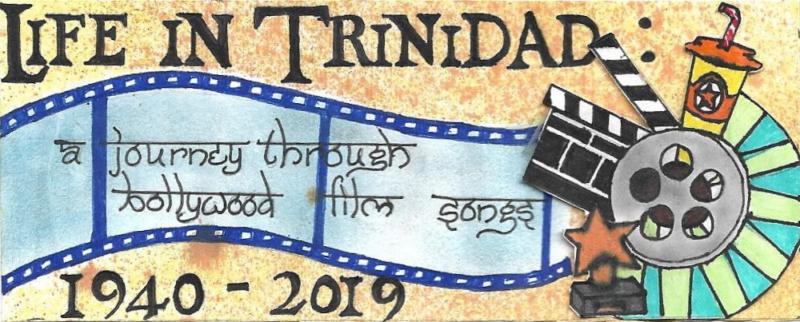The Return of Chaguaramas: A Historic Moment
The Chaguaramas peninsula was returned to the people of Trinidad and Tobago on June 9, 1967. In 1941, the British Government had leased Chaguaramas to the U.S. Government as a naval base. Its strategic location supported U.S. naval operations during World War II. The base played a pivotal role during World War II and its presence had a significant influence on Trinidadian culture, especially in fashion, music, and cuisine. The lease was set to expire in 2040 but the iconic “March for Chaguaramas” and subsequent events spearheaded by the Prime Minister of Trinidad and Tobago, Dr. Eric Williams, resulted in the U.S. government relinquishing control of the area partially in 1967 and completely in 1977. You can read more about it here.
The Chaguaramas Base: A Historical Perspective
During World War II, the strategic geographic location of Chaguaramas caught the attention of the British Government, which subsequently leased the area to the U.S. Government in 1941. At that time, Trinidad and Tobago was still a British colony. The purpose of the base was to support U.S. naval operations in the fight against Axis powers. The lease agreement spanned 99 years, with an intended expiration in 2040. The naval installation became known as the Chaguaramas Naval Base, encompassing the entire northwest peninsula of Trinidad and the adjacent islands at the entrance to the Gulf of Paria.
Map of the Chaguaramas Area in Northwest Trinidad
However, controversy surrounded the base’s establishment. Governor Hubert Young of Trinidad and Tobago disagreed with the chosen location, as it necessitated displacing villagers and closing public beaches. He advocated for the Caroni Swamp as an alternative site. Despite his objections, the British government overruled him, leading to the eviction of local residents from the Chaguaramas peninsula. Villagers were relocated to areas like Carenage, Diego Martin, St. James, and Port of Spain. Governor Young was himself sent back to England in 1942.
The base officially opened on June 1, 1941, and reached full operational capacity by 1943. During World War II, approximately 30,000 U.S. troops were stationed in Chaguaramas, significantly impacting the local economy. Beyond military matters, the American presence influenced Trinidadian culture, including fashion, music, and cuisine. Even after the war ended in 1945, the U.S. continued to occupy the area due to the extended lease agreement.

U.S. Troops March at Chaguaramas Base
(Photo credit: Dominic Kalipersad’s Instagram @ https://www.instagram.com/dominickalipersad/p/CdrzJMqtjyh/)
In 1956, following general elections, the People’s National Movement (PNM), led by Dr. Eric Williams, assumed power. On April 22, 1960, in torrential rain, Dr. Williams organized a historic march which became known as the “March for Chaguaramas”. Tens of thousands of people rallied outside the U.S. consulate, demanding the return of Chaguaramas to the people of Trinidad and Tobago. This powerful display of nationalism set in motion events that eventually compelled the U.S. Government to relinquish control of the area. The base was officially handed over on June 9, 1967. However, complete withdrawal of American troops and installations did not take place until 1977.

June 9, 1967: The American Flag Comes Down and the Trinidad and Tobago Flag Goes Up
Fun Facts
Here are two calypsos which provide a musical glimpse into the era of the Chaguaramas base. The influx of about 30,000 young servicemen from the U.S. to Trinidad led to thousands of jobs being created at the Chaguaramas base for locals. Other businesses grew up to satisfy the needs of the servicemen. The social upheaval caused by the arrival of the U.S. marines in Chaguaramas was the inspiration for the 1943 popular calypso (song), Rum and Coca Cola, by Lord Invader (Rupert Westmore Grant).
Rum and Coca Cola
After the end of World War II, the U.S. began to scale down their military operations at Chaguaramas. This dealt a blow to the national economy. The workers referred to in Lord Invader’s calypso were the ones most affected. This was the context that inspired the calypso, Jean and Dinah, by the Mighty Sparrow (originally called, The Yankees Gone). It was Sparrow’s first international hit and won him his first Carnival Road March title in 1956. In the years to come, he would go on to win 7 more Road March titles!
Jean and Dinah
